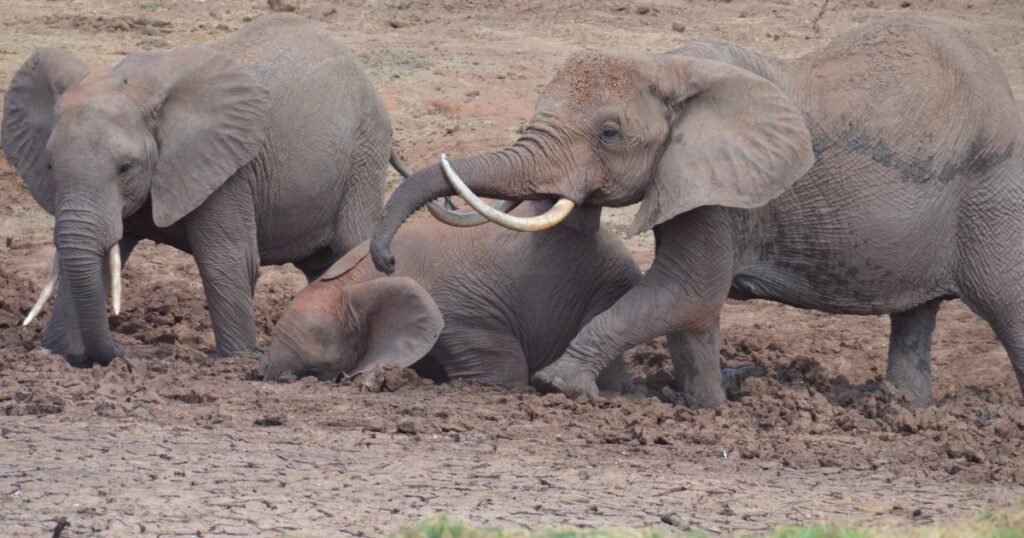Namibia is planning to kill more than 700 wild animals, including elephants, zebras and hippos, and distribute the meat to the people struggling with food insecurity as the country grapples with its worst drought in 100 years.
The animals set to be culled include 83 elephants, 30 hippos, 60 buffalo, 50 impala, 100 blue wildebeest and 300 zebras, the country’s Ministry of Environment, Forestry and Tourism announced Monday.
They will come from national parks and communal areas with “sustainable game numbers” and will be killed by professional hunters, the ministry said in a press copy.
The aim of the program is to help alleviate the impacts of drought in the southwest African country, the ministry said.
Namibia declared a state of emergency in May as the impacts of drought worsened. An estimated 1.4 million people — around half the population — are expected to face high levels of acute food insecurity.
The culling program will take pressure off water resources by reducing wildlife in areas where their numbers “exceed available grazing and water,” the ministry said.
It also aims to reduce the potential for conflicts between elephants and humans, which can increase during drought when animals’ search for food and water can bring them into contact with people.


